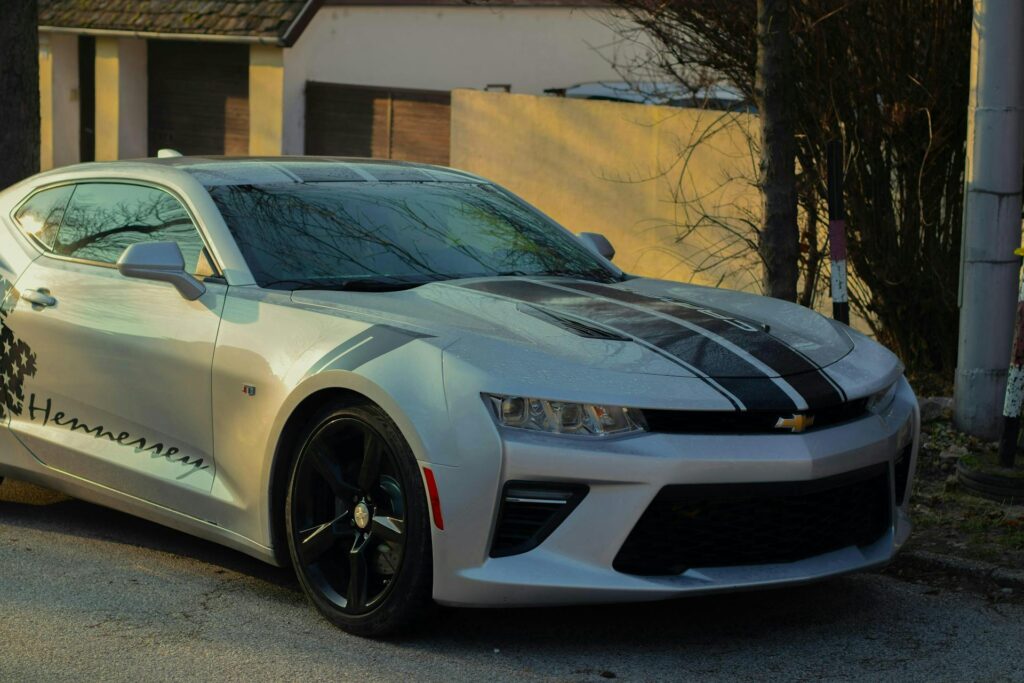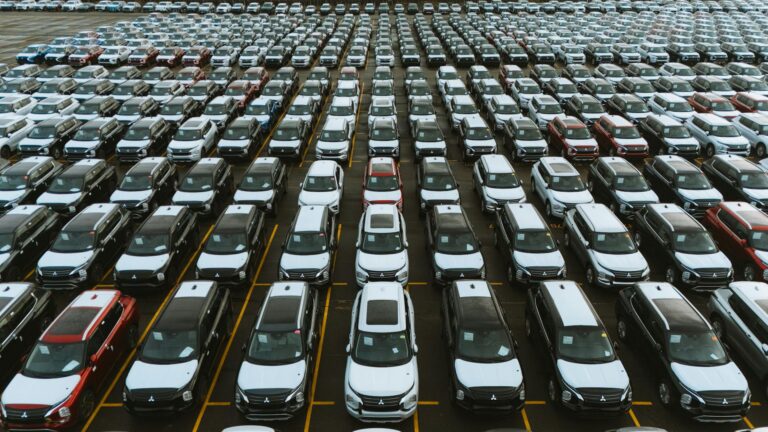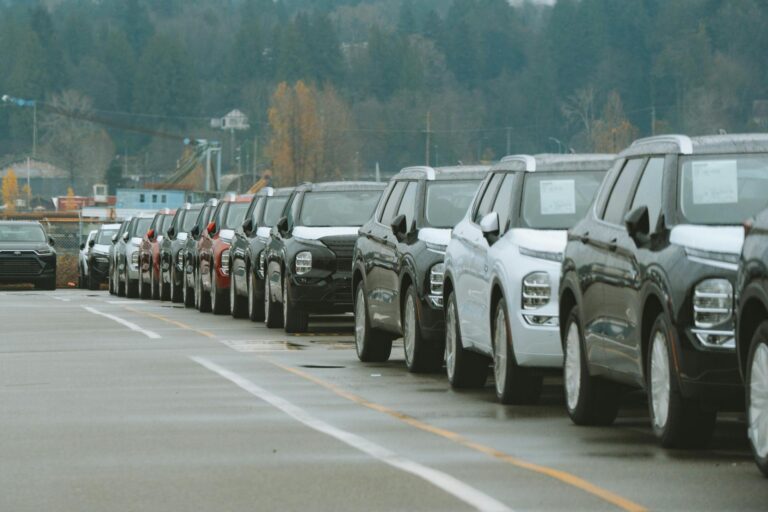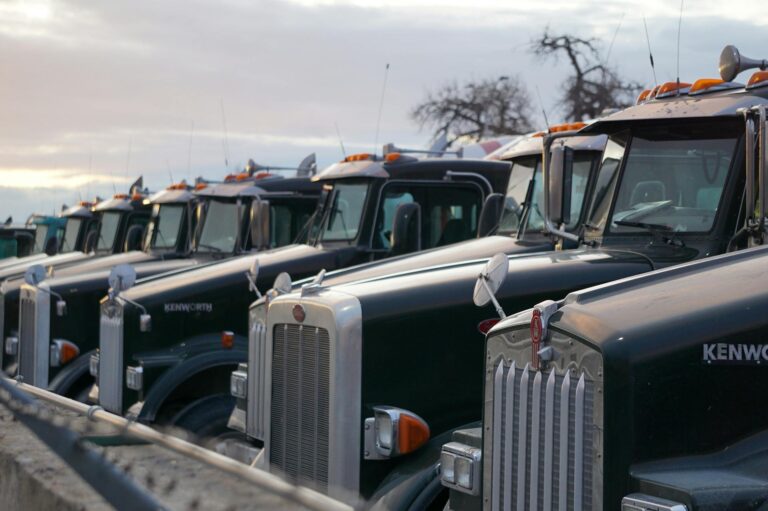
In the competitive world of vehicle logistics, choosing the right shipping method can significantly impact your dealership’s efficiency, costs, and customer satisfaction. Whether you’re moving a single unit or coordinating high-volume car transport, understanding the pros and cons of door-to-door vs terminal-to-terminal auto transport is essential.
Here’s how each option works – and which one is the right fit for your business model in 2025.
What Is Door-to-Door Car Shipping?
Door-to-door transport means the carrier picks up the vehicle at its origin location (e.g. the auction, factory, or another dealer) and delivers it directly to the final destination – often the dealership or end customer’s address.
Advantages:
- Minimal handling reduces risk of damage.
- Saves time – no need to coordinate pickup from a terminal.
- Ideal for luxury, time-sensitive, or one-off deliveries.
Best for:
- Dealerships selling directly to consumers.
- OEM-to-dealer moves with time constraints.
- Trade-in returns or vehicle swaps between locations.
What Is Terminal-to-Terminal Car Shipping?
Terminal-to-terminal transport requires dropping off and picking up the vehicle at a designated hub or storage yard. The carrier consolidates loads before shipping them to other terminals across the country.
Advantages:
- Often cheaper than door-to-door.
- Flexible for buyers who can pick up on their schedule.
- Easier to group vehicles for bulk shipping.
Best for:
- Dealers with volume contracts moving many cars at once.
- Lower-value vehicles or wholesale shipments.
- Long-distance shipments where storage is acceptable.
Cost Comparison: Door-to-Door vs Terminal Shipping
| Shipping Type | Average Cost (2025) | Ideal For |
| Door-to-Door | $900 – $1,400 | Urgent, high-value, or direct sales |
| Terminal-to-Terminal | $600 – $1,000 | Bulk, flexible, or dealer trades |
While door-to-door delivery is often more expensive, the speed and simplicity can justify the premium – especially for state-to-state car shipping with end-customer delivery.
Which Option Fits Your Dealership’s Strategy?
Ask yourself:
- Are your customers expecting fast, hassle-free delivery?
- Do you have access to terminals or need a hands-off process?
- Is cost the primary driver – or convenience?
In most cases:
- Smaller dealerships benefit from door-to-door car shipping for simplicity and speed.
- High-volume dealers or wholesalers save with terminal-to-terminal options.
How to Choose the Right Car Shipping Company
Regardless of transport type, your success depends on the partner you choose. Look for car shipping companies that:
- Offer both options with clear pricing.
- Provide tracking, insurance, and customer support.
- Understand dealer transport workflows and can scale with your volume.
Final Thoughts
The choice between door-to-door and terminal-to-terminal transport isn’t one-size-fits-all. It depends on your dealership’s structure, goals, and the customer experience you want to deliver. Understanding both options helps you save money, avoid delays, and build trust – one delivery at a time.




